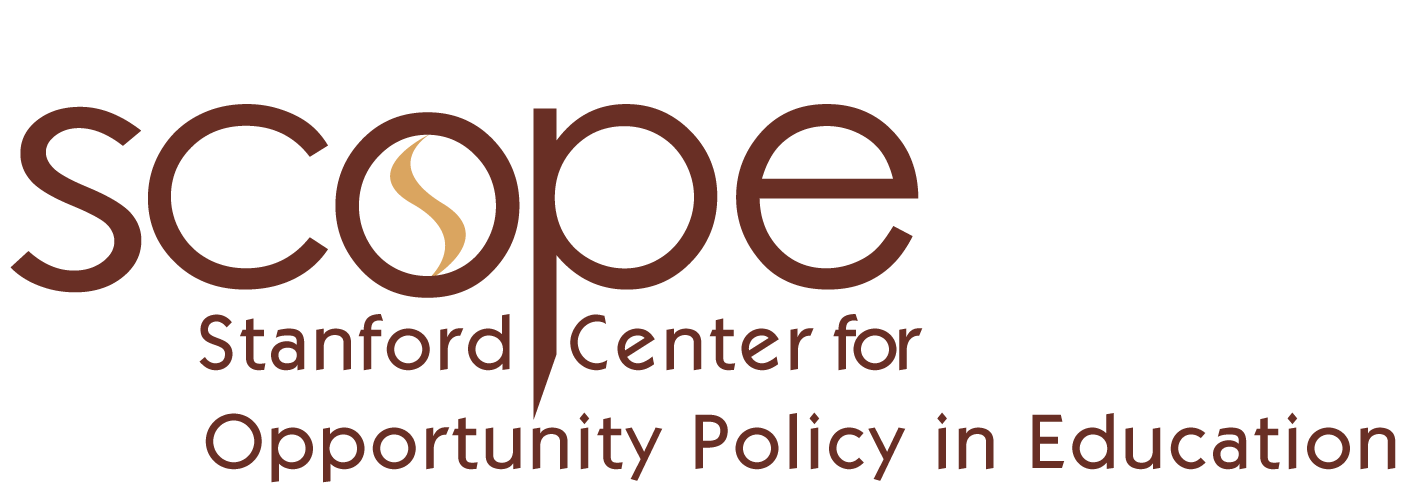How do the highest-achieving school systems in the world develop their teachers?
To prepare students for an evolving and increasingly interconnected world, a growing number of countries have remodeled their education systems to deliver an education built for the 21st century, producing higher achievement and greater equity than the U.S.
How are they doing it?
Among the strategies these systems have pursued, none have been more important than the policies they have developed to ensure that high-quality teaching takes place in every classroom, in every school, for every child.
With the support of the Center on International Benchmarking at the National Center on Education and the Economy, the Stanford Center for Opportunity Policy in Education (SCOPE) drew together a global team of education researchers in the three-year study, producing unparalleled insights for U.S. educators, researchers, and policymakers.
The researchers investigated seven jurisdictions across four continents.
Their findings reveal two key answers to the central question of how other countries have surpassed the U.S. in preparing their students to compete in the 21st century global economy:
- First, these countries have focused on building effective systems, opting not to chase silver bullets or short-term, narrow-focused solutions.
- Second, these countries have held at the core of their work a commitment to professionalizing teaching as an occupation and have implemented comprehensive strategies to deliver on their commitment.
This project produced a book and three videos showing how countries with leading educational systems develop professional capacity. Five policy briefs examine the key strategy components in the high-performing countries, highlight some of the common features of the systems, and show where each system is unique. Five country briefs summarize the teacher strategies in each of the high-performing countries.

